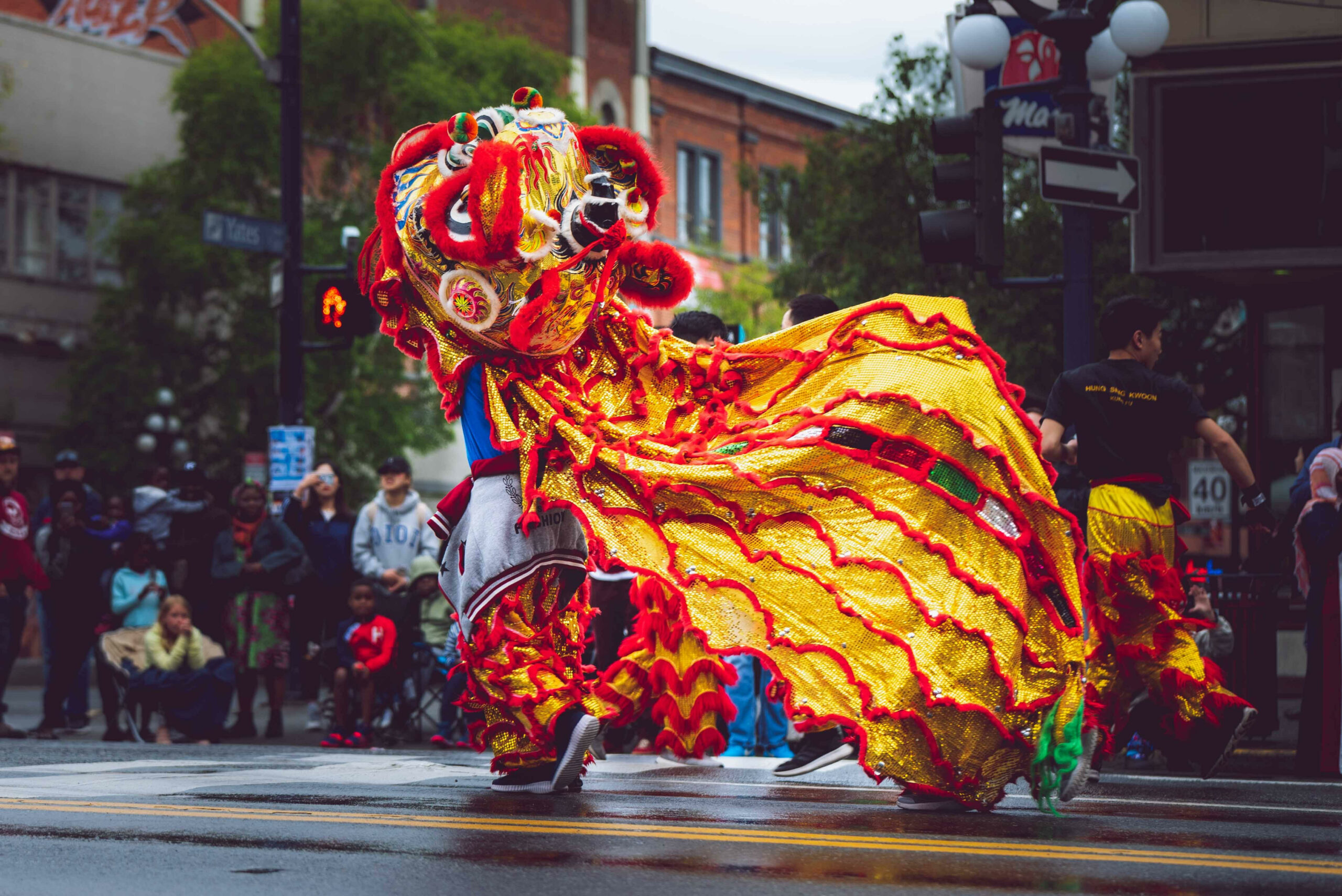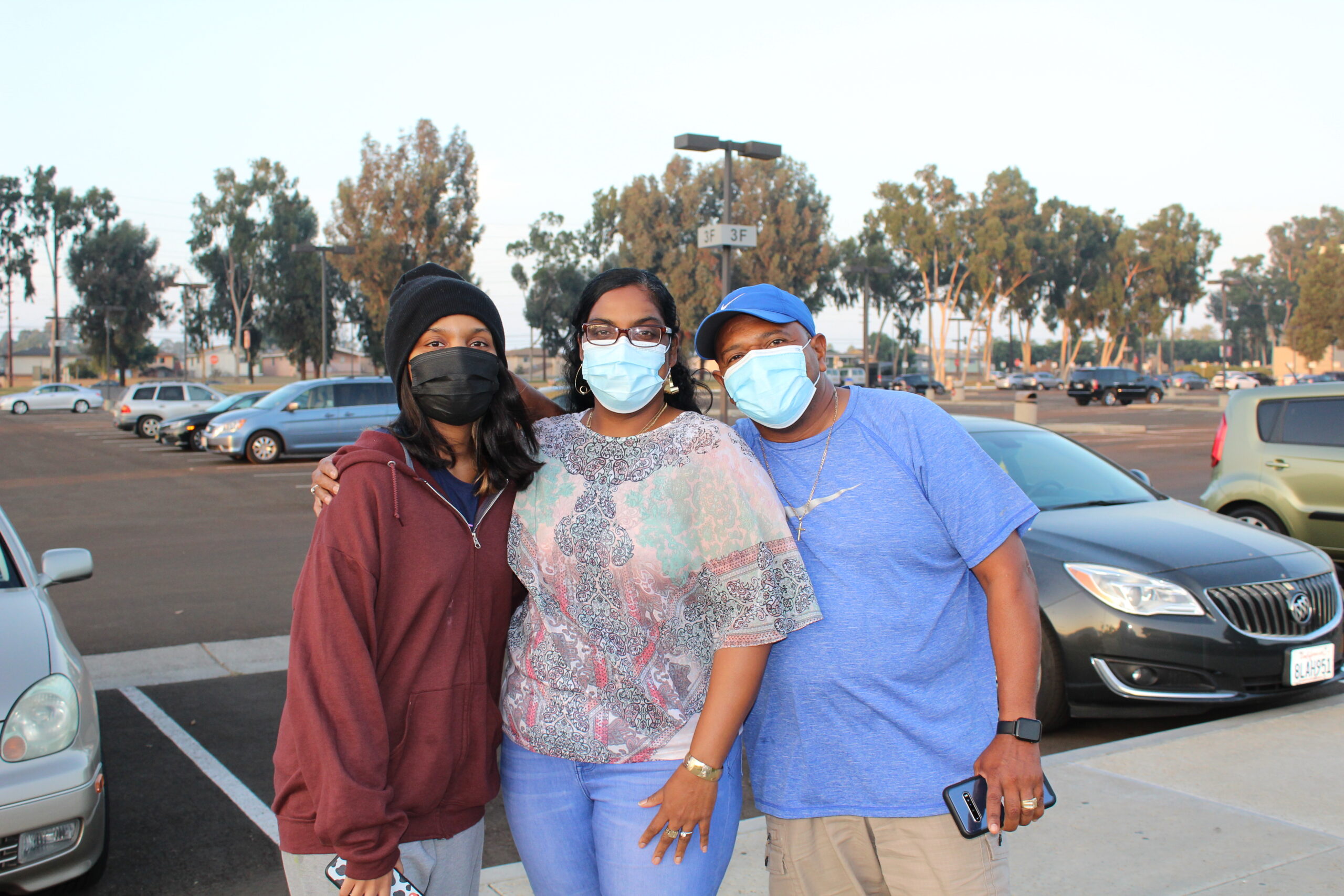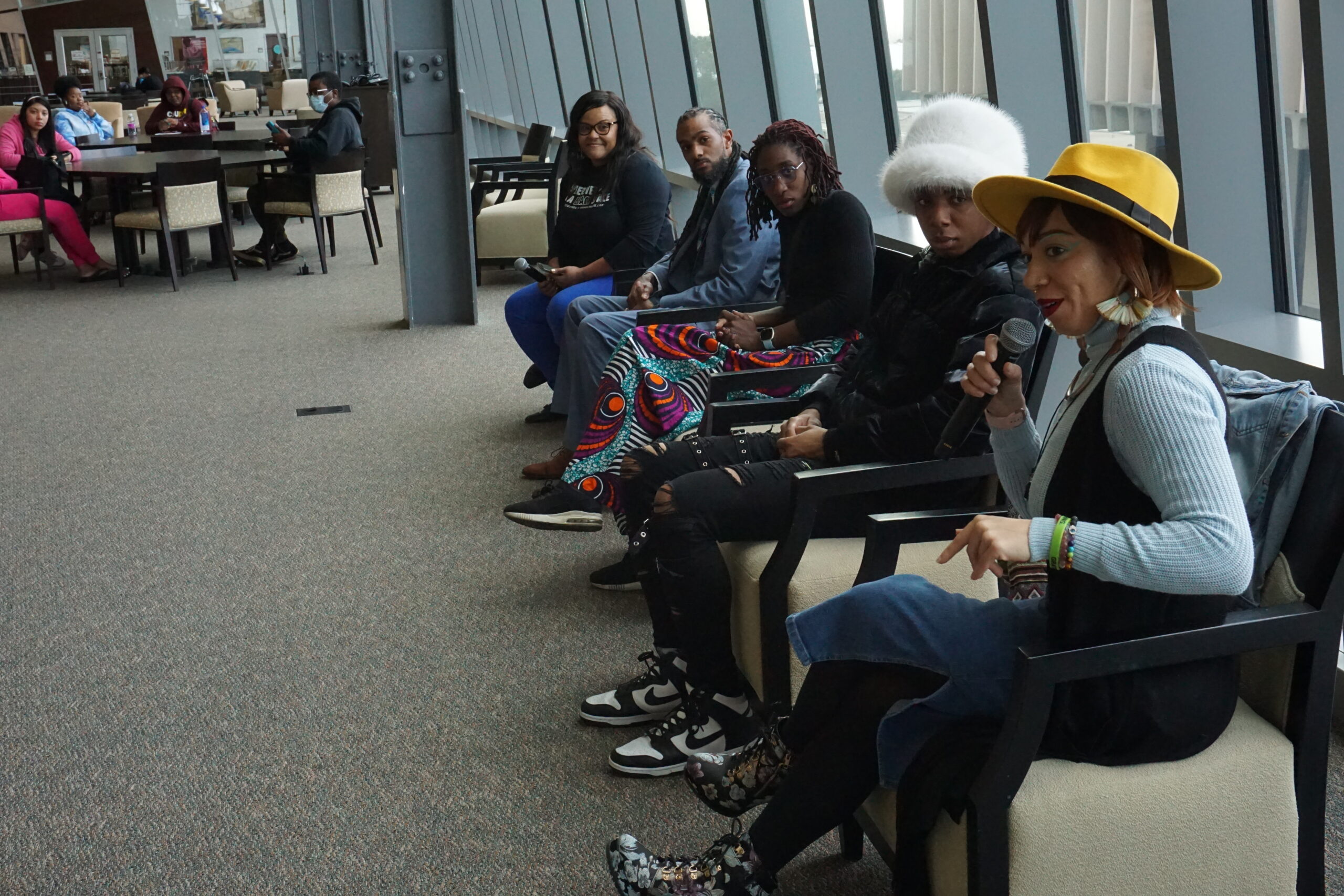Photo by Vladislav Vasnetsov from Pexels
By Jasmine Nguyen, co-opinion editor
There’s always a sense of dread that comes with taking down your Christmas decorations — things just seem to get duller. The time of festive celebrations that bring families and communities together transitions into one where events like the Super Bowl, March Madness and Coachella, while wildly popular, lack the sense of connection that reminds us of our collective humanity and our ties with the past.
That isn’t the case with those who are part of the Asian American and Pacific Islander communities. There’s still one big holiday to celebrate; the biggest holiday of all: Lunar New Year (please don’t call it Chinese New Year; it’s celebrated in Japan, Vietnam and many other countries and calling it that is just ignorant).
This year, Lunar New Year is on January 25 and back in Asia celebrations can go on for several days.
It’s been part of my life before I even began remembering things; but while I know that many might be aware of the holiday, and might even catch a “Chinese New Year” party or two, I also understand that those not raised in a family or culture where its significance is understood may be confused by the whole spectacle For example, what’s up with calling years “the year of certain animals “ or those weird red envelopes that pop up?
At first glance, the parades, the different zodiacs, and envelopes are the most eye-catching to an outsider. But like many holidays, Lunar New Year is a time for family, good fortune and, of course, to celebrate the new year. As far as the animals? The Lunar calendar follows the Chinese zodiac which has been adopted by various other countries in East and Southeast Asia. The Chinese zodiac, like Western astrology, is comprised of 12 signs spread out over a 365-day cycle that corresponds with the 12 new moons. But the Chinese zodiac also runs through a 12-year cycle and each of its signs represents both a moon phase, and an entire year. And its signs are not based on the stars, but creatures from Chinese mythology. It stems from a mythical tale in which The Jade Dragon challenged all the animals to a race, and the order they arrived would be their order in the zodiac. The Rat was the first to arrive, followed by the Ox and so forth. That’s why every 12 years is the year of the rat, which explains why you may see rat-themed decorations or trinkets in areas celebrating this year’s Lunar New Year.
Now, what about the red envelopes? Well, those red envelopes are to grant good fortune and are given to unmarried individuals in the family or children. It’s probably my favorite tradition of the holiday; I mean who dislikes getting cash in pretty envelopes? (Though as I grow older, it’s dawned on me that once I’m married I’ll have to fork over money to the many children in my own family…)
Of course, money isn’t the most important tradition of the holiday. Family and community are a huge part of it, with festivals held where people can watch performances, eat good food and spend time with each other. Many of my fondest memories of the holiday are performing at my church’s new year’s party, watching the lion dancers and spending time with my family. It’s a great holiday that allows me to celebrate my culture as well as those close to me. But though it’s such a huge part of my personal and cultural identity, I encourage everyone to take part in the festivities, you can celebrate by going the UVSA Tết Festival at the OC Fair & Event Center in Costa Mesa, or watching the 121st Annual Golden Dragon Parade in Los Angeles, and the Queen Mary’s own Lunar New Year celebration. Or have a meal of dumplings and noodles which are traditional meals to eat during this holiday. If anything just reflects on the coming year and spend time with your family. After all, that’s what this holiday is all about.
UVSA Tết Festival OC Fairgrounds, 88 Fair Dr., Costa Mesa. Fri., 4 p.m.-10 p.m.; Sat., 11 a.m.,-10 p.m.; Sun., 11 a.m,.-9 p.m.; $6.36 online, $6 at the gate. tetfestival.org/visitor-info/#vap
121st Annual Golden Dragon Parade, Chinatown, Downtown Los Angeles. Sat., 1 p.m.-3 p.m. Free. http://www.lagoldendragonparade.com/


